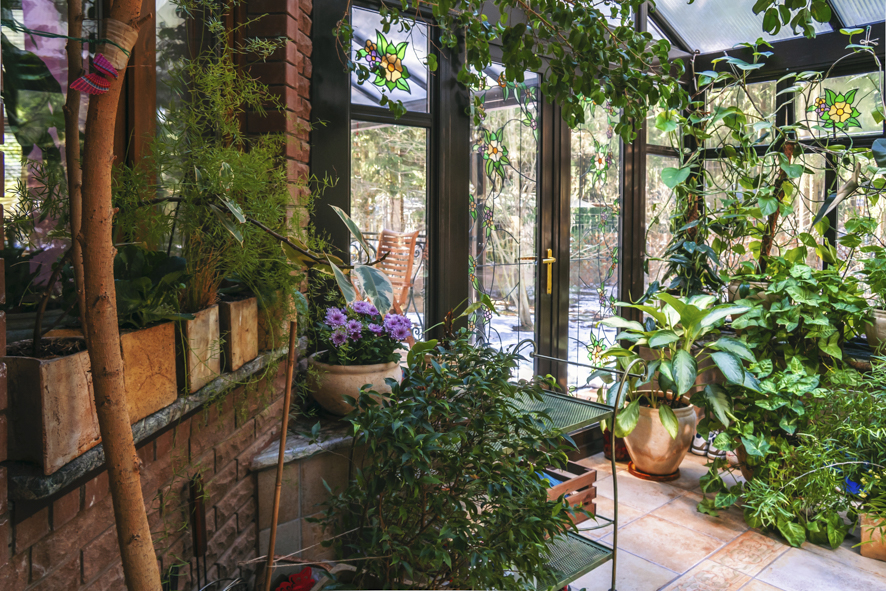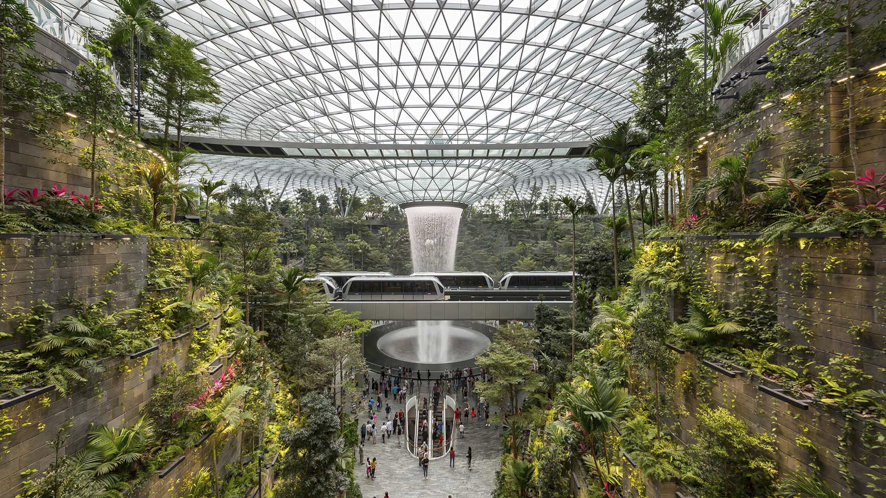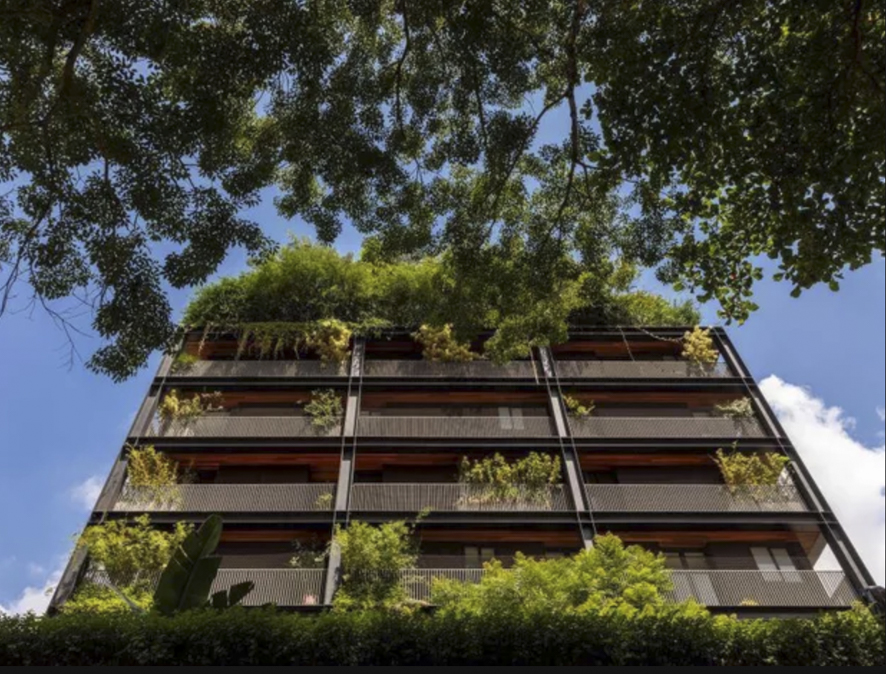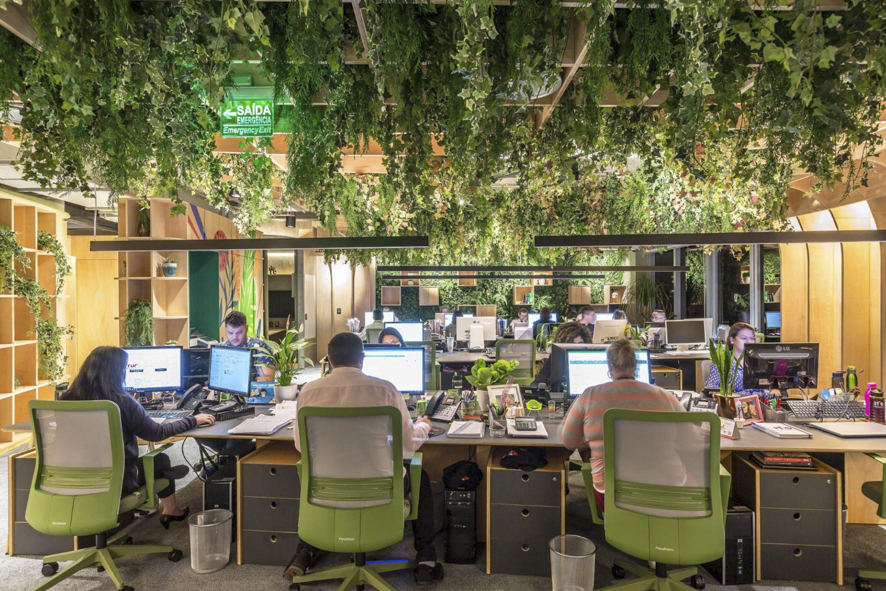Biophilia is being talked about a lot at the moment, but do you know what it is?
It means love of life, the ancient Greek (philia = love of / inclination to bio = life).
Biophilia was first used by psychologist Erich Fromm in 1964 and then popularized in the 1980s by biologist Edward O. Wilson (1984)
The term biophilia was initially used in psychoanalytic theories that opposed the attraction to death, even though it is used in different perspectives, theories agree that biophilia is a sign of physical and mental health, several studies prove the benefits of living with Nature for health. human.
We humans, during our development process, move away from contact with nature, with everything that can provide us with health.

How can it be done in architecture and design?
Through the use of natural materials, valuing natural lighting and natural ventilation in built environments, not to mention that the use of vegetation is also important.
And how does it benefit us?
- Provides improved health, as it helps reduce stress, anxiety (reduces cortisol levels in the body), generates good mood (increased dopamine) which influences our emotions, learning, mood, attention, acts in controlling the motor system, greater productivity, mental restoration and fatigue reduction.
- Increases serotonin and endorphin levels, which are directly linked to happiness and when released by the brain, cause a feeling of well-being and its functions include regulating heart rate, sleep, appetite, mood, memory and body temperature. body.
- It helps to achieve greater engagement in the professional environment, increasing productivity.

Do I need to use all the strategies defined by biophilia in an environment for it to become biophilic?
No, you need to use every possible strategy that can be applied in an environment well. Brazilian legislation in the area of health in Brazil, specifically, ANVISA (national health surveillance agency) does not allow the use of natural plants in hospital environments and it is not because of this prohibition that a hospital will no longer be considered biophilic! There are other strategies that can be used.


Discover the principles of Biophilic Design
- It requires repeated and continuous engagement with nature.
- It focuses on human adaptations to the natural world that, throughout evolution, promote people's health and well-being.
- Stimulates an emotional connection with specific settings and places.
- It promotes positive interactions between people and nature that “encourage an expanded sense of responsibility and conservation” with human and natural communities.
- Encourages ecologically connected, mutually reinforcing and integrated design solutions.

And the Experiences and attributes of Biophilic Design
- Natural light
- Natural ventilation
- Water
- Plants'
- Animals
- Climate perception
- Natural landscapes
- Fire
- Nature images
- Natural materials
- Natural colors
- Simulation of natural light and air
- Natural forms
- Evoking nature
- Wealth of information
- Change, age and patina of time
- Natural geometries
- Biomimicry
- Perspective and refuge
- Organized complexity
- Integration of the parts with the whole
- Transition spaces
- Mobility and wayfinding
- Cultural and ecological connection to the place
Want to know more about the subject?
The Practice of Biophilic Design
Stephen R. Kellert, Elizabeth F. Calabrese
The Global Impact of Biophilic Design on the Workplace
Human Spaces 2.0: BiophilicDesign in Hospitality
Biophilic Design: The Theory, Science and Practice of Bringing Buildings to Life
Stephen R. Kellert (Author), Judith Heerwagen (Author), Martin Mador (Author)
https://www.archdaily.com.br/br/tag/design-biofilico
https://www.sciencedirect.com/science/article/pii/S0169204616302717
